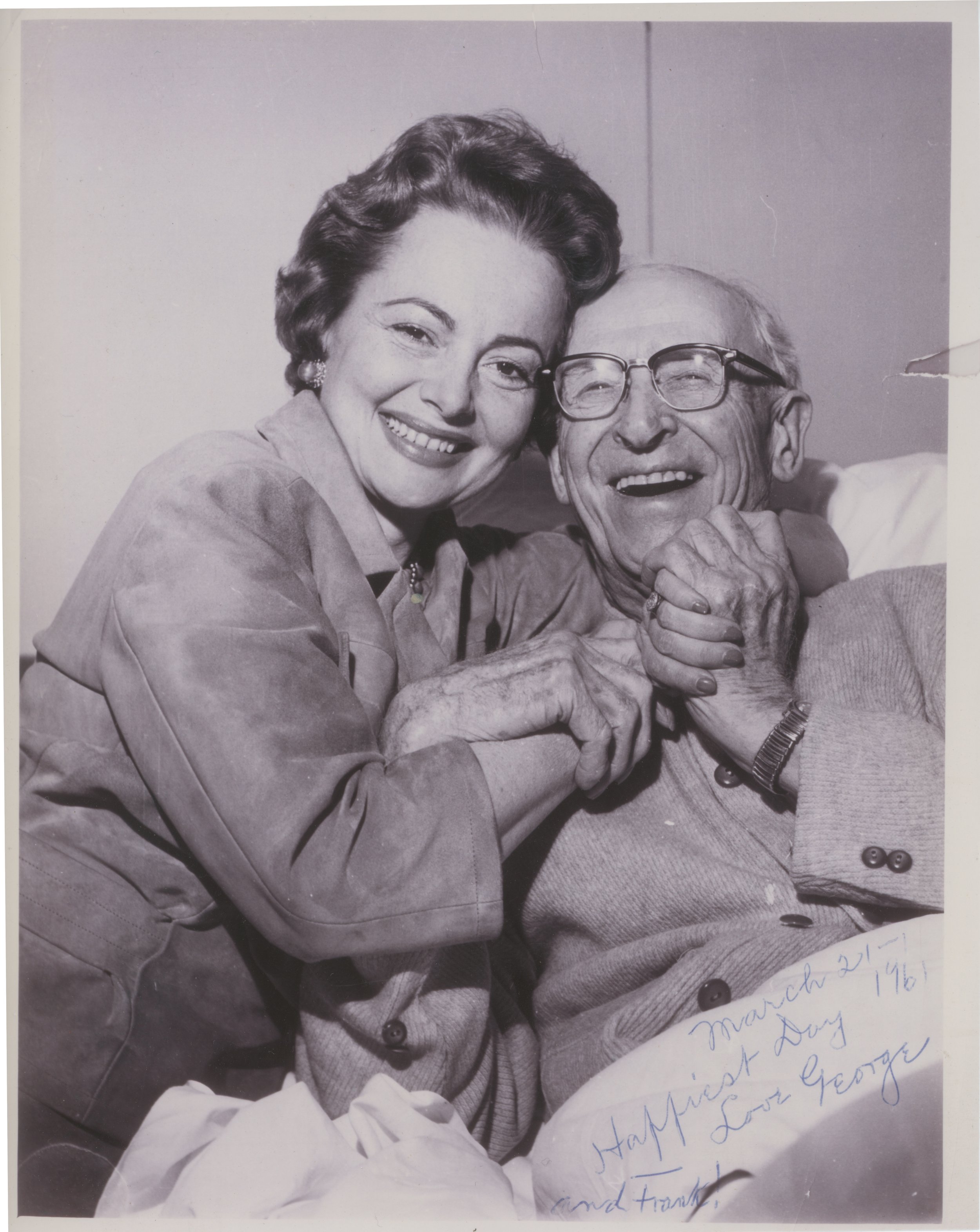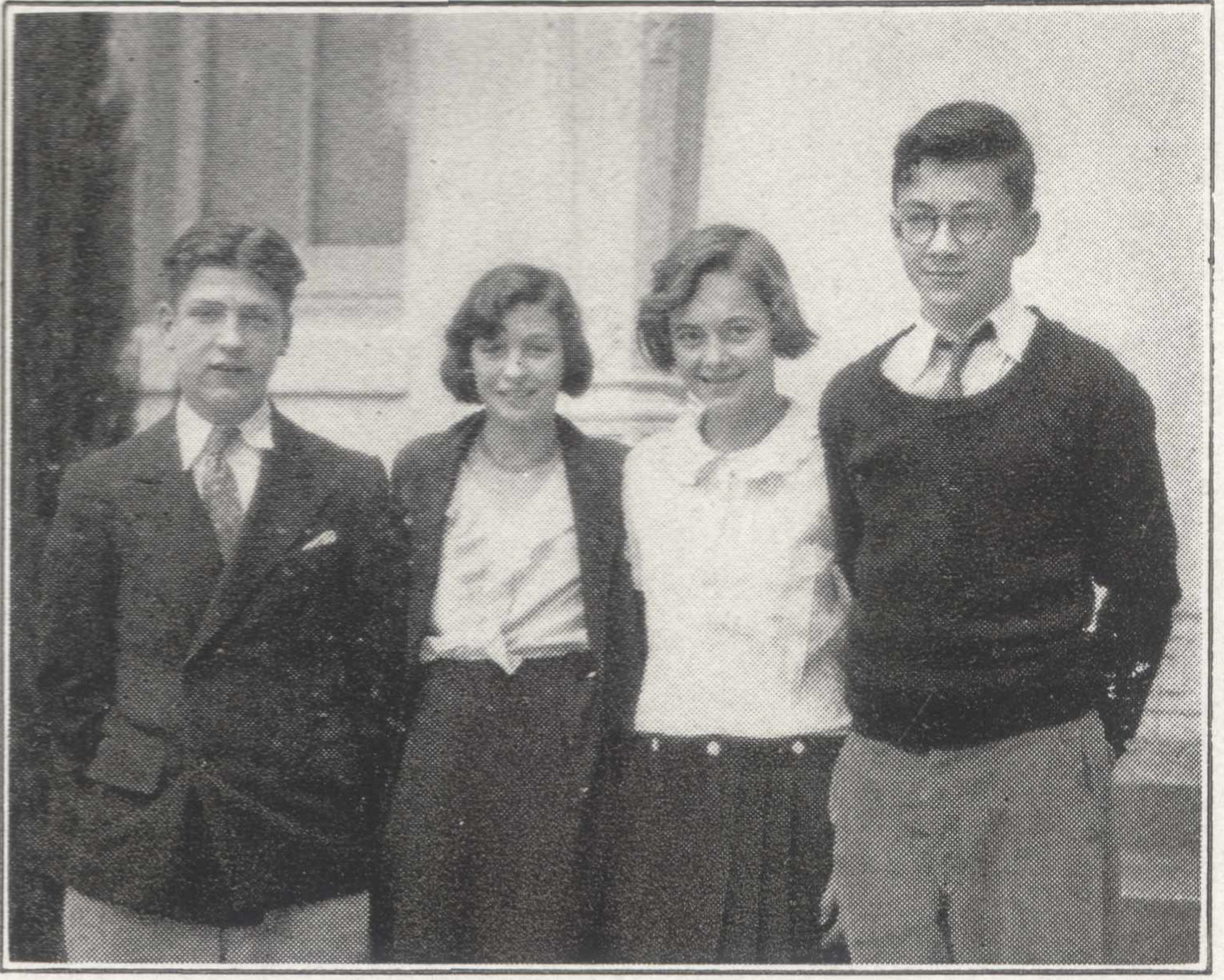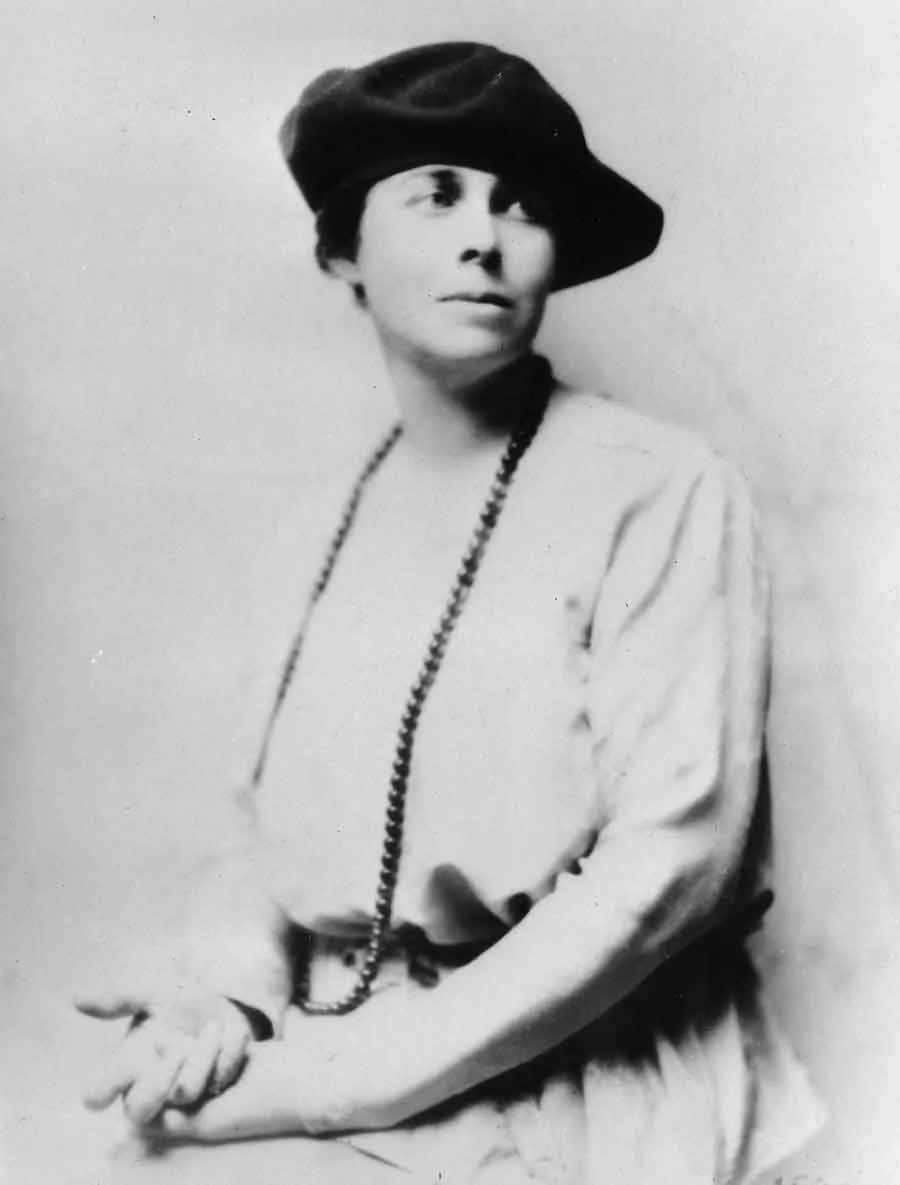Los Gatos has been home to many artistic and cultural luminaries over its history, and many of whom are women. This year, for National Women’s History Month, we are highlighting just a few of these notable women.
Anne Brigman. Courtesy of The Alfred Stieglitz/Georgia O’Keefe Archive, Beinecke Rare Book and Manuscript Library, Yale University.
Anne Brigman was born in Honolulu, Hawaii, in 1869. Her family moved to Los Gatos in 1886, but the lush landscapes and culture of native Hawaiians would continue to influence and inspire Anne for the rest of her life. Her parents ensured that she received a classical education, and in addition to nature, literature was often a source of inspiration for her work. Anne had a lot of free time to pursue her artistic endeavors while her sea captain husband was away, and she established many friendships with Bay Area artists. Her own artistic practice spanned many mediums, including painting, printing, drawing, photography, poetry, and theater. However, by the early 1900s Anne’s focus turned solely to photography. Her images often depicted nude women in the natural environment – one of the first times such subjects were shot by a woman, rather than a man. The results were empowering depictions of the modern woman. Anne joined Alfred Stieglitz and his Photo-Secession group, which promoted craftsmanship in photography and sought to show that the newly-emerging art of photography was a distinctive fine art. She was the first and the only woman to be a part of that group. Her photographs were exhibited nationally and internationally to great critical acclaim, winning numerous awards. Anne continued her photography practice and writing poetry until her death in 1950, in Southern California.
Olivia de Havilland was born in 1916 in Japan, to British parents. Three years later, her family moved to Saratoga, having left Japan for the health of Olivia and her younger sister, Joan (Fontaine, also of Hollywood fame.) She began piano and ballet lessons at a young age, and was taught to appreciate theater by her mother. Olivia attended Los Gatos High School where she participated in a variety of extracurricular activities, including field hockey, oratory, student government, and the school’s drama club. Her very first acting appearance was in a Saratoga Community Players production of Alice in Wonderland. Olivia made her Hollywood film debut in 1935 as a contracted Warner Brothers actress in A Midsummer Night’s Dream, kicking off a highly successful acting career that spanned over 50 years and included appearances in 49 movies, two Academy Award wins, and two Golden Globes wins.
But perhaps Olivia’s most important contribution to the film industry was her successful lawsuit against Warner Brothers; in the 1930s and 1940s, actors and actresses were contracted to specific studios, and had no choice in film roles. Olivia was often bored and unhappy with the roles she was given, resulting in periodic suspensions. When the studio tried to extend her contract by adding her periods of suspension to the contract length, she sued Warner Brothers, and won. Her victory changed the landscape of show business by allowing performers to have greater creative freedom, and is still referred to as De Havilland’s Law. Olivia was revered and celebrated as a trailblazing member of Hollywood’s Golden Age throughout her life, and received the National Medal of the Arts in 2008. She died in Paris in 2020, at the age of 104.
Clara “Peggy” Huntington. Courtesy of the Huntington Library, Art Museum, and Botanical Gardens.
Clara Leonara “Peggy” Huntington was born in 1878, and was the daughter of Henry E. Huntington, a railroad magnate and collector – you may have heard of his Huntington Library, Art Museum, and Botanical Gardens in San Marino, CA. While she was born in Oneonta, New York, Peggy spent most of her life living in the Bay Area, including Los Gatos, where she commissioned Julia Morgan to design her an Italian-style villa that still stands today. Peggy was a trained sculptor, having attended the San Francisco Art Institute, and studied under Leo Lentelli in New York and Arturo Dazzi in Rome. She exhibited at the Golden Gate Park Exposition in 1939, displaying a bronze statue of St. Francis. A marble bas-relief Peggy created of her father still hangs at the Huntington Library, and her bas-relief of three dancing women, which she created while in Rome, hangs in the Julia Morgan-designed Berkeley City Club. She died in San Francisco in 1965.





